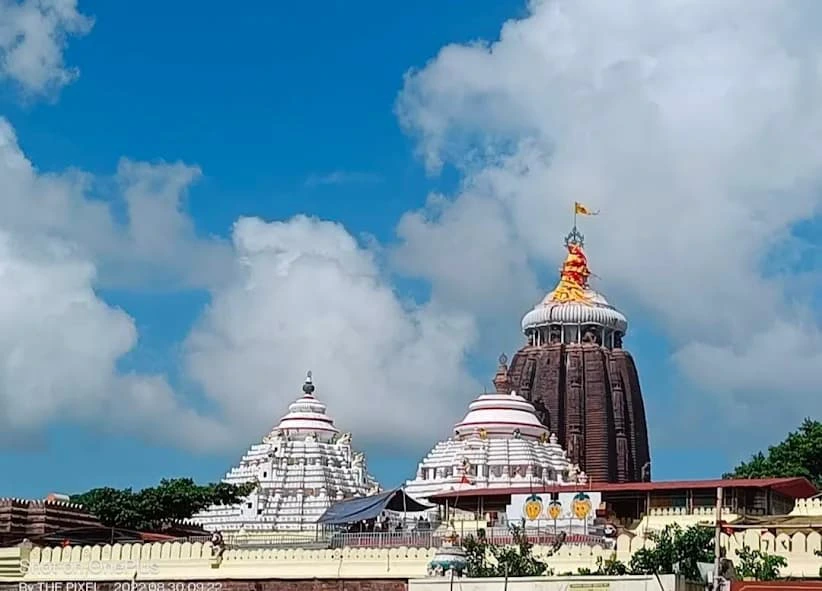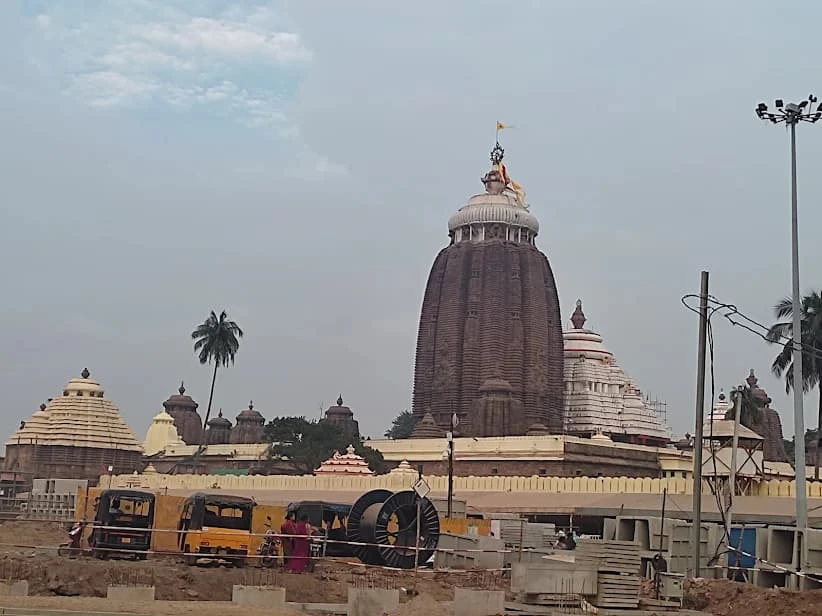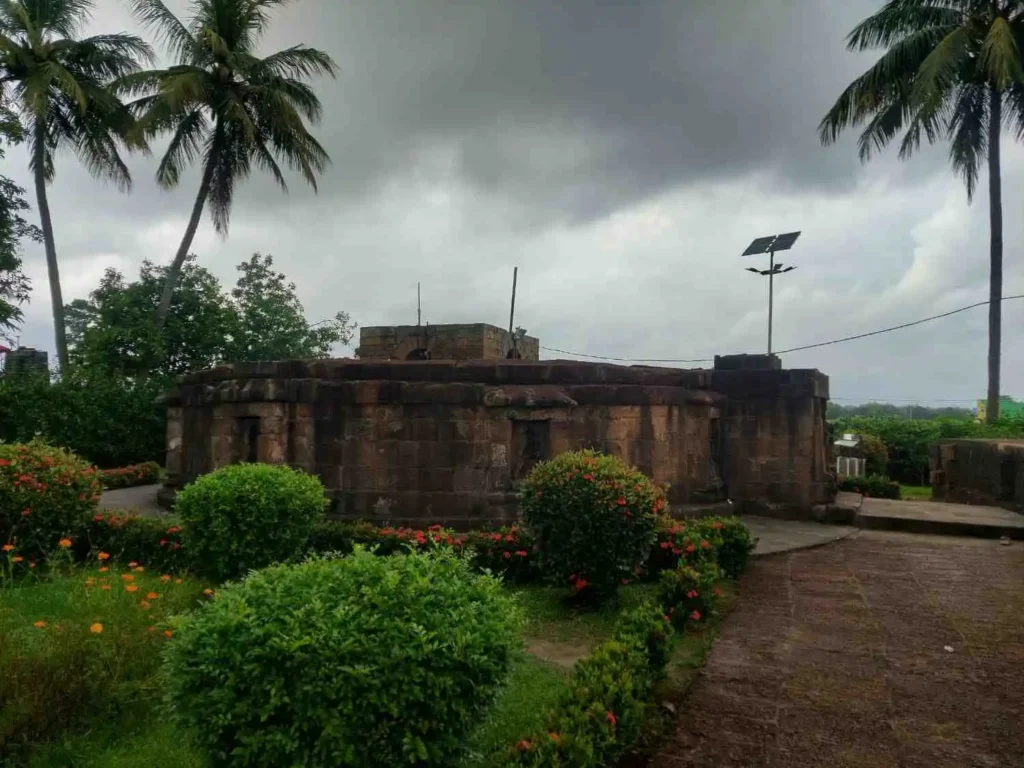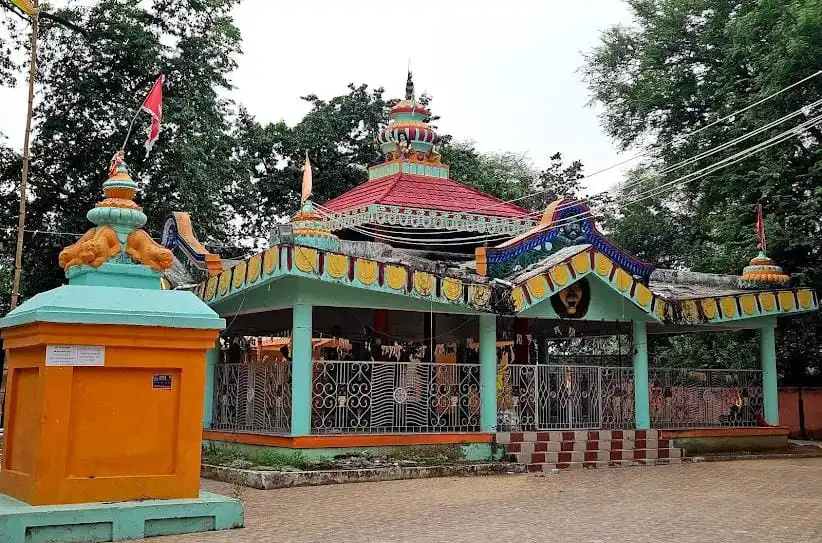
Table of Contents
The Shree Jagannath Temple in Puri isn’t just another Vishnu temple. Indeed, it’s a living embodiment of India’s spiritual legacy—a place where Vedas, Tantra, and devotion converge. Moreover, from mystical mantras to the divine Mahaprasad, the temple’s worship style is unmatched in its complexity and sanctity.
Therefore, let’s journey into the sacred systems, secrets, and the soul-touching rituals that define this temple for millions of devotees around the world.What Makes Shree Jagannath Temple’s Worship Unique?
Three Streams of Worship:
- Nigam (Vedic) – Centers around fire rituals and Vedic chanting.
- Agam (Tantric) – Emphasizes rituals, mantras, and yantras.
- Lokachar (Folk) – Incorporates local customs and practices.

Yantra, Mantra, Tantra: The Spiritual Tech Behind Worship
Yantra – Devotees visualize and worship the deity’s body through sacred geometric patterns. They worship Sri Jagannath on a Kali Yantra, Balabhadra on a Tara Yantra, and Subhadra on a Bhubaneswari Yantra.
Mantra – Devotees infuse the deity’s soul using specific chants such as:
- Om Klim Krishnaya Govindaya Gopijan Vallabhaya Namah (for Jagannath)
- Hrim (for Subhadra)
- Om Namo Bhagavate Vasudevaya (for Balabhadra)
Therefore, these practices do not serve as mere symbols. Ultimately, they form the living backbone of every puja performed at Srimandir.
Rituals Rooted in Ancient Texts
- Firstly, Gopalarchanavidhi – Gajapati Purusottama Dev compiled this sacred manual to codify temple rituals.
- Secondly, Nityacharapradeepa – Narasimha Mishra authored this text to describe the daily worship of Balabhadra, Subhadra, and Jagannath in detail.
- Thirdly, Niladri Mahodaya – This comprehensive scripture presents 91 chapters that elaborate on every aspect of ritual and temple practice.
Mahaprasad – The Sacred Offering of Jagannath
Types of Dhoop (Daily Offerings):
- Gopal Ballav Bhoga (9 AM) – Morning breakfast
- Next, Sakal Dhoop (10 AM) – Mid-morning offering with full Upacharas
- Then comes Madhyahna Dhoop (1 PM) – Main offering of the day
- Following that, Sandhya Dhoop (8 PM) – Evening puja with Naivedya
- Finally, Badasimhar Bhoga (11:45 PM) – Night-time offering
Role of the Pujaka – The Spiritual Engineer
The Pujaka (Pujapanda) of Jagannath Temple is not just a priest—rather, he is a spiritual guide, trained in both Vedic and Tantric scriptures. Before performing any ritual, he undergoes a meticulous daily routine; specifically, this includes Pranayama, Nyasa, and Bhuta Shuddhi (inner purification).
Furthermore, only a spiritually and morally upright person is allowed to become a Pujaka—someone who is healthy, disciplined, learned in Pancharatra Agama, and deeply devoted.FAQ
1. Why is the worship system of Shree Jagannath Temple considered unique?
2. What is the significance of Yantra in Jagannath Temple rituals?
3. Who can eat Mahaprasad?
4. How many times a day is Mahaprasad offered in Jagannath Temple?
5. Are the rituals only Vedic in nature?
Consequently, whether you’re a seeker of spiritual truth, a lover of ancient rituals, or simply someone enchanted by India’s mystical past, a visit to Shree Jagannath Temple is a must. Furthermore, witness the fusion of mantras, yantras, and the magic of Mahaprasad that, ultimately, elevates this sacred space beyond religion and into the realm of cosmic experience.


